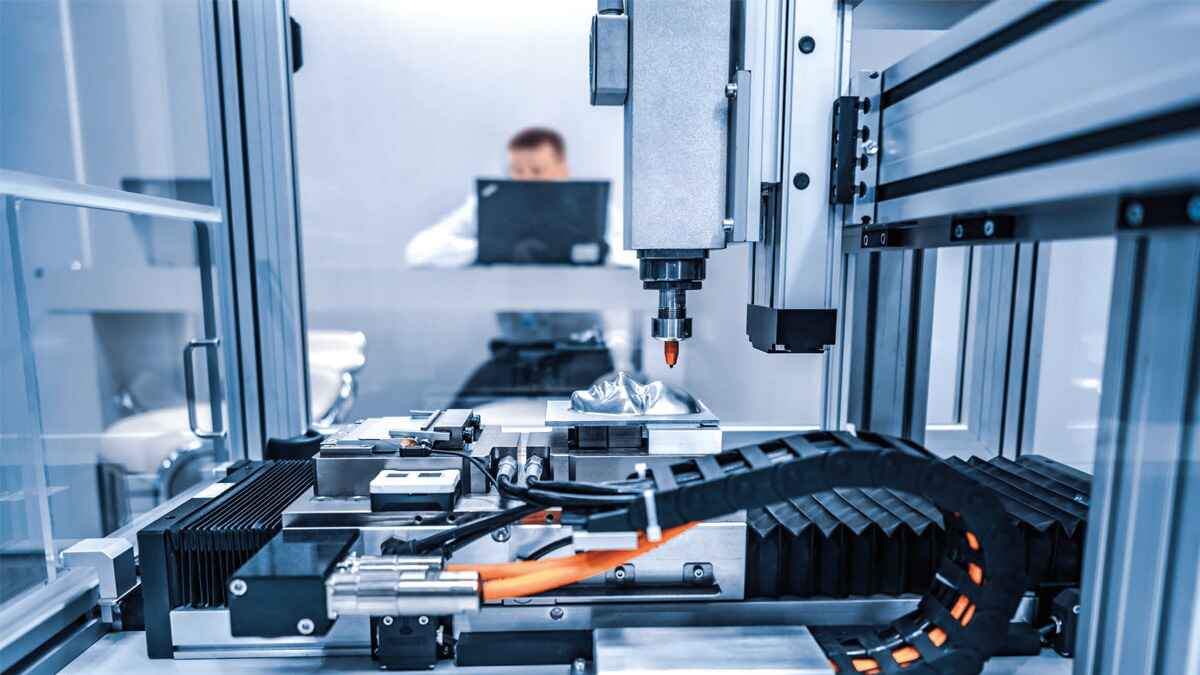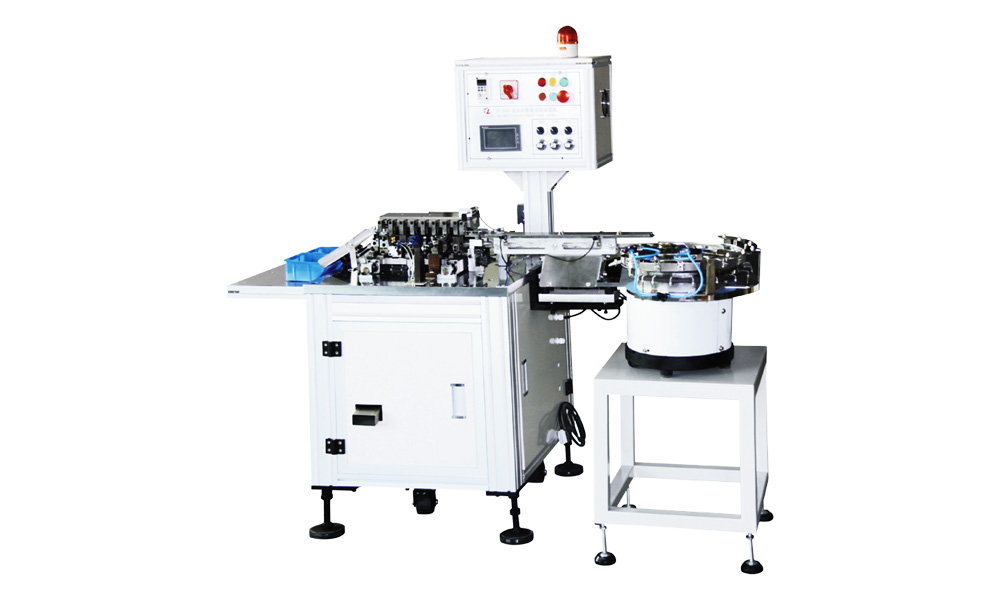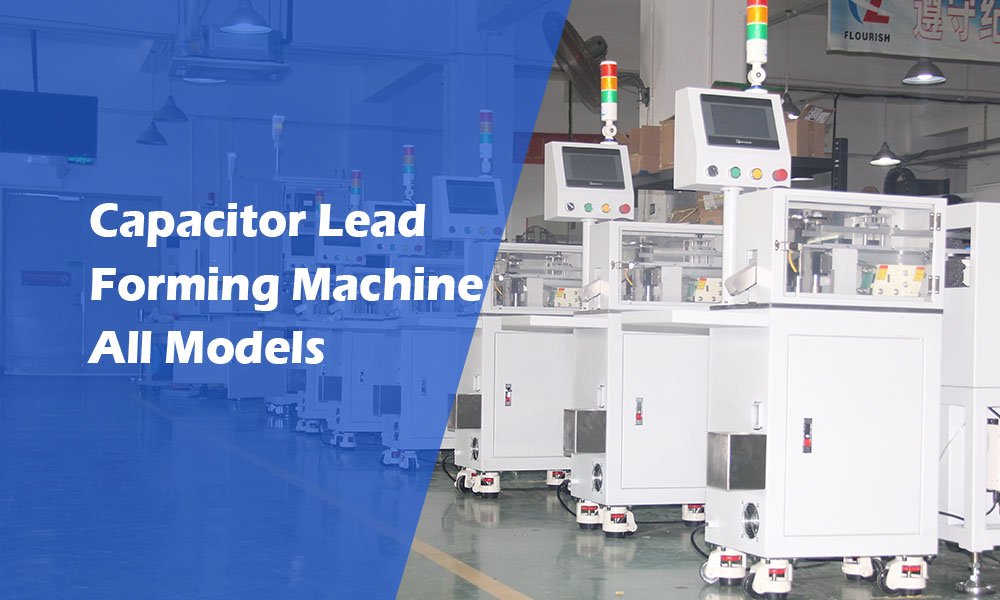📑 Table of Contents
- Introduction
- 1. The Current Landscape of Industrial Development
- 1.1 Global Energy and Industry Trends
- 1.2 Key Challenges Facing Enterprises
- 2. Why Automation Is No Longer Optional
- 2.1 Cost Reduction
- 2.2 Efficiency Gains
- 2.3 Market Competitiveness
- 3. Industry Shifts: How Automation Shapes Different Sectors
- 4. The Core Value of Electronic Component Automation
- 5. Future Trends and Opportunities for Entrepreneurs
- 6. Conclusion: The Value of Automation for All
Introduction
The global manufacturing landscape is undergoing a massive transformation. From the rise of renewable energy to the acceleration of digital technologies, companies today are facing both unprecedented opportunities and mounting challenges.
For entrepreneurs and business leaders, the key question is no longer “Should I adopt automation?” but rather “How fast can I transition to automation before competitors leave me behind?”
This article is designed to guide you through the bigger picture: the current state of industrial development, why automation is an inevitable step, and how it can directly save costs, improve efficiency, and strengthen your company’s market competitiveness.
1. The Current Landscape of Industrial Development
1.1 Global Energy and Industry Trends
The industrial world is at the crossroads of multiple major transitions:
- Energy Transformation: Renewable energy, electric vehicles, and carbon neutrality goals are reshaping global supply chains. According to the International Energy Agency (IEA), renewable energy investment surpassed $1.7 trillion in 2023, outpacing fossil fuels for the first time.
- Rising Labor Costs: Manufacturing labor is no longer “cheap.” Countries once considered low-cost manufacturing hubs, like Vietnam and Mexico, are now experiencing double-digit wage growth.
- Environmental and Compliance Pressure: Governments worldwide are enforcing stricter carbon emissions and sustainability regulations, requiring factories to modernize or risk being left out of global supply chains.
These trends signal a clear message: companies that fail to adapt to automation and green manufacturing will struggle to remain competitive in the next decade.
1.2 Key Challenges Facing Enterprises
While opportunities abound, business owners are facing very real pain points:
- Labor Shortages and Rising Wages: Recruiting and retaining skilled workers is increasingly difficult.
- Inconsistent Quality: Manual operations often result in product variations, higher defect rates, and costly rework.
- Tight Delivery Schedules: Global competition means customers demand faster turnaround and higher consistency.
- Escalating Competition: Enterprises that automate faster can scale, cut costs, and win over customers more effectively.
A recent McKinsey report highlights that nearly 70% of manufacturers identify workforce availability and quality control as their top two bottlenecks. This further validates the urgency for automation.
2. Why Automation Is No Longer Optional
The decision to adopt automation is no longer a matter of “if,” but “when.” Enterprises that delay risk losing their competitive edge to faster, more efficient rivals. Automation delivers value on three critical fronts: cost reduction, efficiency gains, and long-term market competitiveness.
2.1 Cost Reduction
Labor costs continue to rise globally, while employee turnover and training expenses add hidden costs to manual operations. In contrast, automation allows companies to make a one-time investment that pays back over time.
ROI Comparison: Manual Labor vs. Automation
| Factor | Manual Labor (per year) | Automation (per year) | ROI After 3 Years |
|---|---|---|---|
| Average Labor Cost | $25,000 per operator | $0 (after investment) | — |
| Training & Turnover Expenses | $5,000 | Minimal | — |
| Defect/Rework Costs | $10,000 | $2,000 | — |
| Total Annual Cost (5 operators) | $200,000 | $80,000 (maintenance) | Positive ROI |
Example: A mid-size electronics manufacturer cut labor costs by 30% within two years of adopting resistor forming machines and capacitor lead cutters.
2.2 Efficiency Gains
Unlike humans, machines can operate 24/7 with consistent output quality. This not only increases throughput but also dramatically reduces downtime caused by fatigue, errors, or absenteeism.
- Speed: Automated resistor forming machines can process thousands of components per hour, 5–10 times faster than manual work.
- Consistency: Automation ensures that every component meets precise standards, reducing defect rates from 8% to under 2%.
- Scalability: When demand increases, automation allows production to scale without proportional labor expansion.
2.3 Market Competitiveness
In competitive markets, speed and quality are critical differentiators. Companies that automate earlier can:
- Deliver products faster, winning contracts over slower rivals.
- Build a reputation for consistent quality, earning trust in international markets.
- Free up human talent for higher-value tasks such as R&D and innovation.
As Deloitte’s Global Automation Report points out, companies that adopted automation early reported up to 20% faster time-to-market compared to competitors still relying heavily on manual labor.
3. Industry Shifts: How Automation Shapes Different Sectors
Automation is not limited to a single sector—it is reshaping the entire industrial ecosystem. From energy to consumer electronics, businesses are finding that automation is the only way to meet rising demands for precision, speed, and sustainability.
3.1 New Energy and Renewable Power
The rapid rise of electric vehicles, charging infrastructure, and renewable energy storage has created unprecedented demand for electronic components.
- Electric Vehicles (EVs): Every EV contains thousands of resistors, capacitors, and power modules. Automation ensures these parts are manufactured at scale with reliability.
- Energy Storage: Battery and inverter systems rely on precise electronic assemblies, where automated machines guarantee consistency and safety.
- Charging Stations: The global rollout of EV chargers demands mass production of power electronics components.
3.2 Consumer Electronics and Home Appliances
Consumers demand lighter, smaller, and more powerful devices. This trend pushes manufacturers toward high-precision automation.
- Miniaturization: Automated forming and cutting machines can handle ultra-small components with accuracy impossible for manual labor.
- Consistency: Products like smartphones and smart appliances require flawless component assembly to reduce defects.
- Global Scale: Automation allows mass production while keeping costs competitive.
3.3 Industrial Control and Communication Systems
Reliability is the backbone of industrial and communication infrastructure. Automation ensures the durability and performance of mission-critical systems.
- Industrial Control Boards: Automated assembly guarantees long service life and stable operation.
- Telecommunication Systems: High-volume, precision-driven component production is only achievable with automated processes.
- IoT and Smart Factories: Automation supports the integration of sensors, control modules, and connectivity hardware.
3.4 Industry Automation Penetration Comparison
| Sector | Current Automation Penetration | Growth Potential (Next 5 Years) |
|---|---|---|
| New Energy (EVs, Storage) | 65% | Very High (Driven by EV boom) |
| Consumer Electronics & Home | 70% | High (Miniaturization trend) |
| Industrial Control & Telecom | 55% | High (IoT & smart factory push) |
| Traditional Manufacturing | 40% | Moderate (Gradual upgrade path) |
Source: World Economic Forum, Deloitte Industry Reports, 2024
Automation is no longer optional across these sectors—it is a decisive factor for survival and growth. Companies that invest early will secure stronger market positions and adapt more flexibly to future disruptions.
4. The Core Value of Electronic Component Automation
Electronic components are the backbone of modern industries—power supplies, control boards, and automotive electronics all rely on resistors, capacitors, and power modules. The performance of these small components directly determines the reliability and efficiency of entire systems.
Automation in electronic component manufacturing ensures that these building blocks are produced with precision, speed, and consistency. Let’s explore why automation is indispensable in this area.
4.1 The Strategic Role of Electronic Components
- Foundation of Systems: A single defective resistor or capacitor can cause failure in a power supply, inverter, or control module.
- Massive Demand: With the rise of EVs, renewable energy, and consumer electronics, billions of components are required each year.
- High Standards: Customers and regulators expect near-zero defect rates, achievable only with automated precision.
4.2 Key Machines That Drive Component Automation
- Resistor Forming Machines: Bend and cut leads with uniformity, ensuring smooth PCB insertion.
- Capacitor Lead Cutters: Standardize lead length, guaranteeing reliable soldering and minimizing waste.
- Screw Locking Machines: Secure heat sinks and IGBTs with precision, improving thermal performance.
- Power Module Assembly Lines: Enable efficient, large-scale production of high-power components.
4.3 Manual vs. Automated Processing: A Clear Comparison
| Metric | Manual Processing | Automated Processing |
|---|---|---|
| Output Speed | 300–500 components/hour | 3,000–5,000 components/hour |
| Error Rate (Mis-cuts, Defects) | 5–8% | <2% |
| Consistency of Results | Varies by operator | Uniform, precise |
| Labor Dependency | 1 operator per workstation | 1 operator for multiple lines |
| Long-term Cost | High (wages + rework) | Lower (maintenance + ROI) |
Example: A factory using automated resistor forming machines reported 7× faster output and reduced defect rates from 6% to under 1.5% within six months.
4.4 The Bigger Value Chain Impact
- For Enterprises: Lower costs, higher throughput, faster ROI.
- For Employees: Workers transition from repetitive tasks to supervision, quality control, and higher-value roles.
- For the Industry: Standardized quality levels improve competitiveness of the entire supply chain.
Automation in electronic components is not just about saving money—it’s about building a stronger foundation for the industries of the future.
5. Future Trends and Opportunities for Entrepreneurs
The next decade will be defined by how quickly industries embrace automation. Entrepreneurs and forward-looking business owners who invest early will gain a decisive advantage in market share, efficiency, and long-term sustainability.
5.1 Technology Trends
- AI + Automation Integration: Smart factories will leverage AI to optimize production lines, predict maintenance needs, and adjust operations in real time.
- Flexible Manufacturing: Demand for smaller batch sizes and customized products will push companies toward flexible, modular automation systems.
- Industrial IoT (IIoT): Connected sensors and data analytics will allow unprecedented visibility and control across the production chain.
5.2 Market Dynamics
- Explosive Demand in Energy: EVs, charging infrastructure, and renewable energy storage are driving massive demand for electronic components.
- Consumer Electronics Miniaturization: Devices are getting smaller and more powerful, requiring high-precision automated equipment.
- Global Competition: Companies that scale with automation will outpace competitors still tied to manual processes.
5.3 Policy and Regulatory Drivers
- Carbon Neutrality Goals: Governments are tightening emissions standards, forcing manufacturers to modernize.
- Industry 4.0 Initiatives: Countries such as Germany, China, and the U.S. are investing heavily in smart manufacturing subsidies.
- Export Market Standards: Compliance with international quality and environmental standards will become a prerequisite for global trade.
5.4 Trend Forecast Table
| Category | Key Trend | Impact on Enterprises |
|---|---|---|
| Technology | AI-driven smart factories | Higher efficiency, predictive maintenance |
| Technology | Flexible manufacturing systems | Ability to meet diverse customer demands |
| Market | EV and renewable energy boom | Surge in demand for power electronics |
| Market | Miniaturization of electronics | Need for ultra-precise automation tools |
| Policy & Regulation | Carbon neutrality commitments | Mandatory upgrades to efficient systems |
| Policy & Regulation | Industry 4.0 government support | Subsidies and incentives for automation |
Sources: World Economic Forum, McKinsey Global Institute, International Energy Agency (2024–2025 reports)
5.5 Opportunities for Entrepreneurs
- First-Mover Advantage: Companies that invest early in automation can secure contracts faster and win larger market share.
- Scalable Growth: Automation enables businesses to expand production without proportional increases in labor costs.
- Strategic Positioning: Entrepreneurs can position their companies as leaders in innovation, sustainability, and quality.
For business owners, the message is clear: automation is not just a cost-saving tool—it is the foundation of future growth and competitiveness.
6. Conclusion: The Value of Automation for All
Automation is no longer a luxury—it is a necessity for enterprises that want to survive and thrive in the coming decade. From cost savings and efficiency improvements to meeting sustainability standards, automation delivers value at every level of the business ecosystem.
- For Enterprises: Lower operational costs, consistent quality, faster ROI, and the ability to scale.
- For Employees: A transition from repetitive labor to higher-value roles such as supervision, quality assurance, and innovation.
- For Industries: A stronger, more competitive global supply chain capable of meeting rising demand and regulatory challenges.
In short, automation creates shared value. By adopting it, you are not only future-proofing your business but also contributing to the advancement of the entire industry.
📌 Next Steps for Business Owners
If you are considering upgrading your production line or starting a new venture, the time to act is now. The longer you delay automation, the more ground you risk losing to competitors who are already embracing it.
At Flourishe, we provide a full range of automation equipment for electronic component processing, including:
- Resistor Forming Machines – ensuring precise bending and cutting for stable PCB insertion.
- Capacitor Lead Cutters – guaranteeing consistent lead length for reliable soldering.
- Screw Locking Machines – automating fastening of heat sinks and power modules with precision.
- Custom Automation Solutions – tailored to your industry’s unique requirements.
🚀 Call to Action
👉 Ready to explore how automation can transform your business?
Together, let’s build a more efficient, sustainable, and competitive future.







